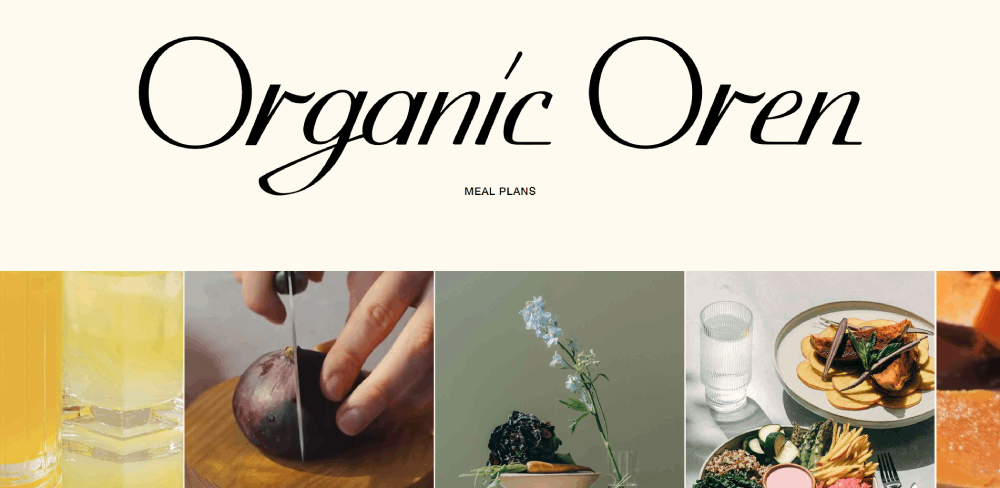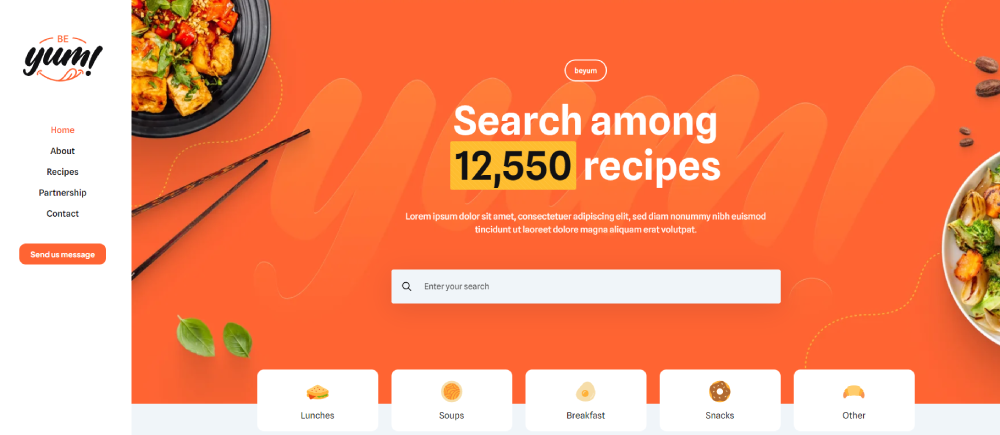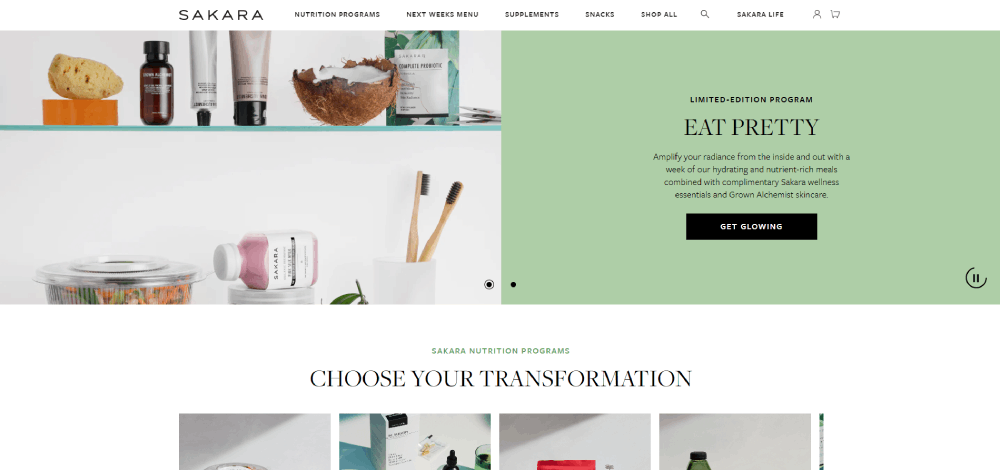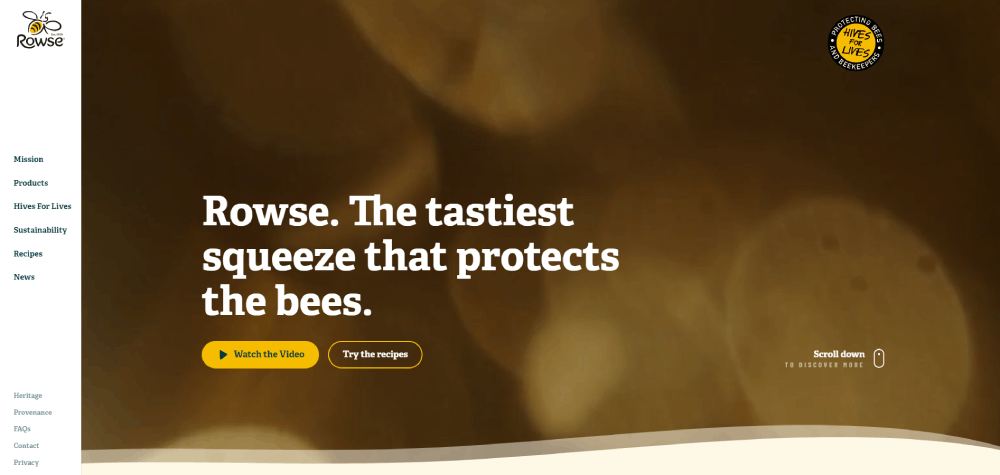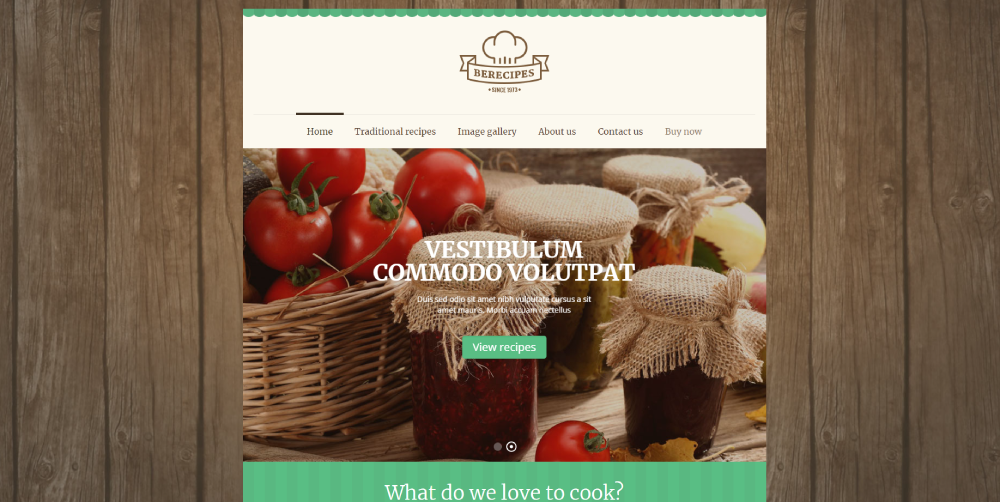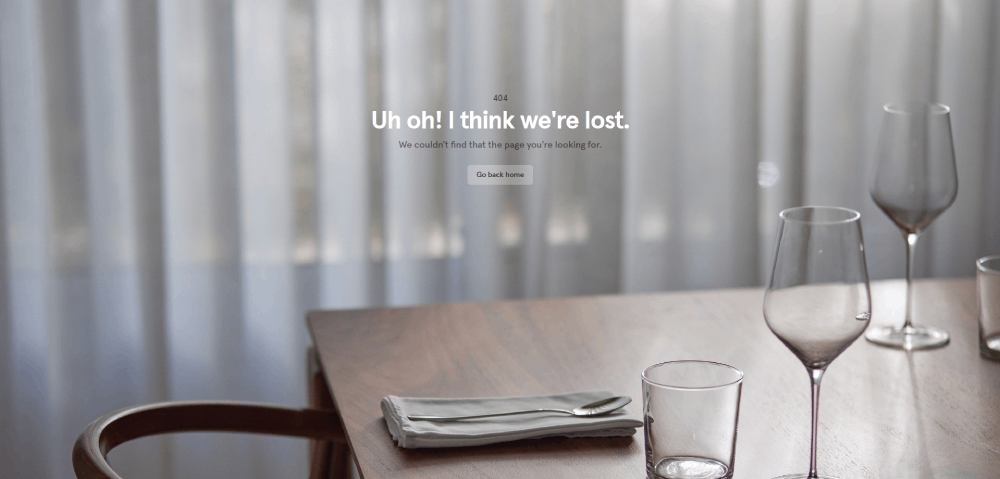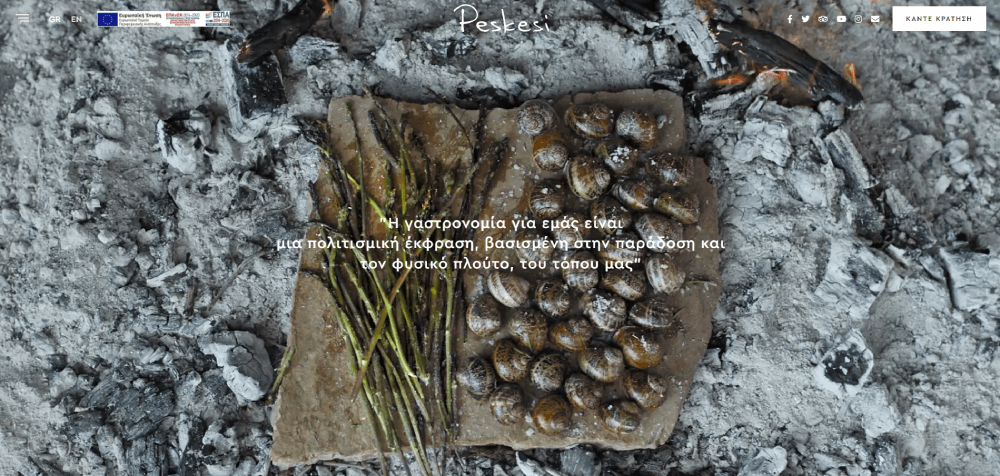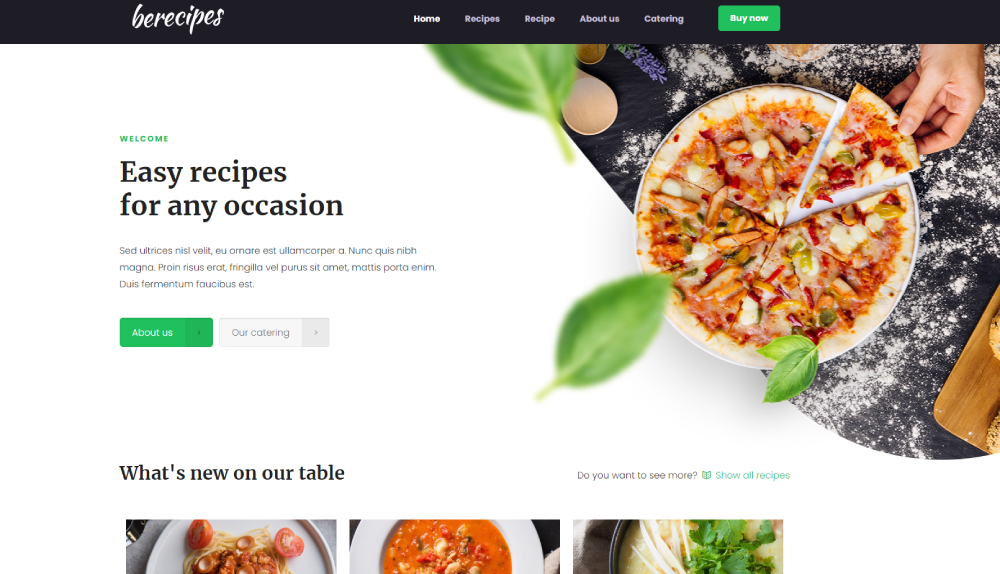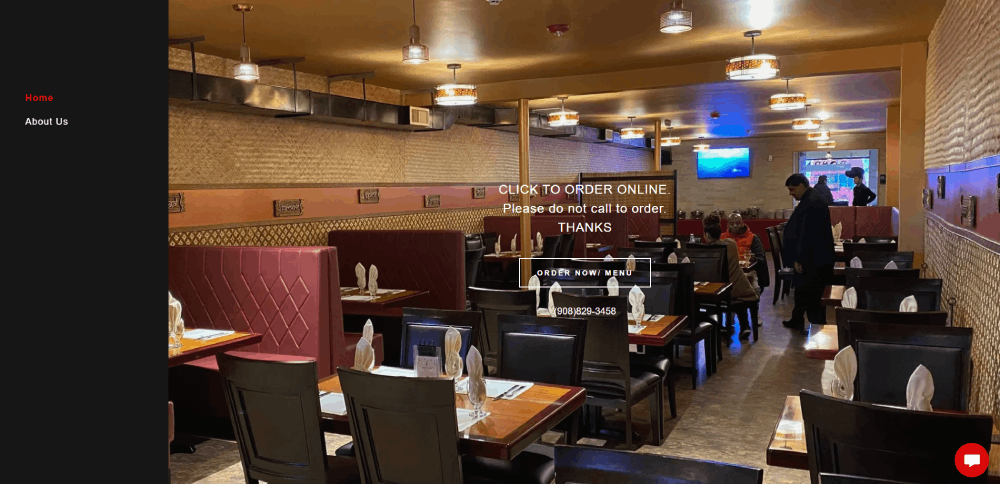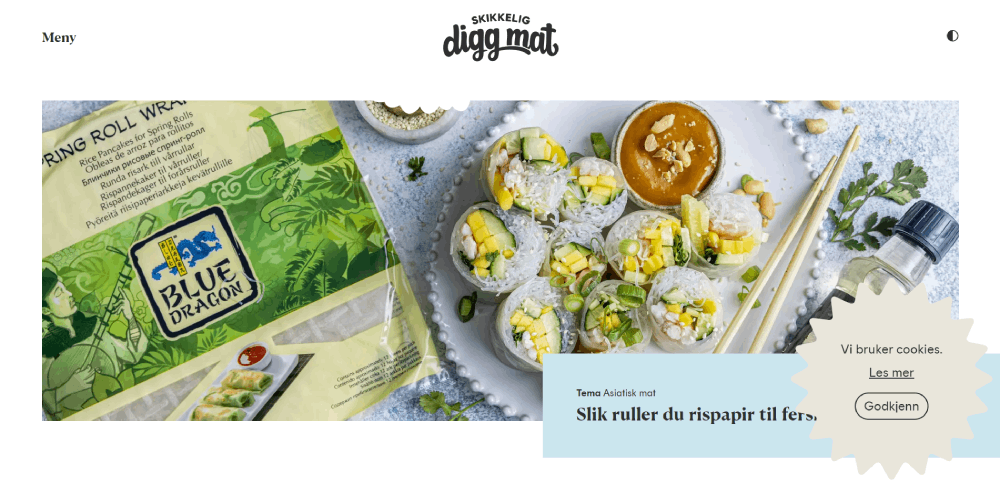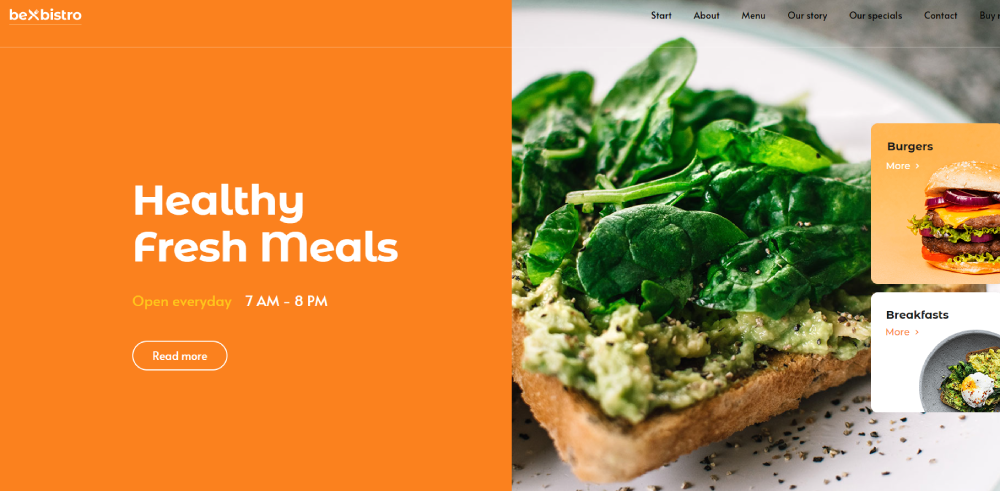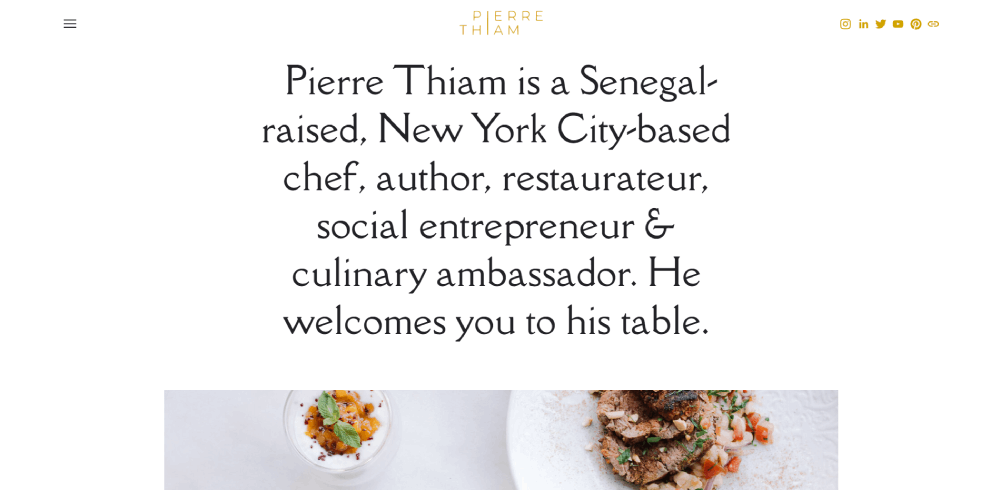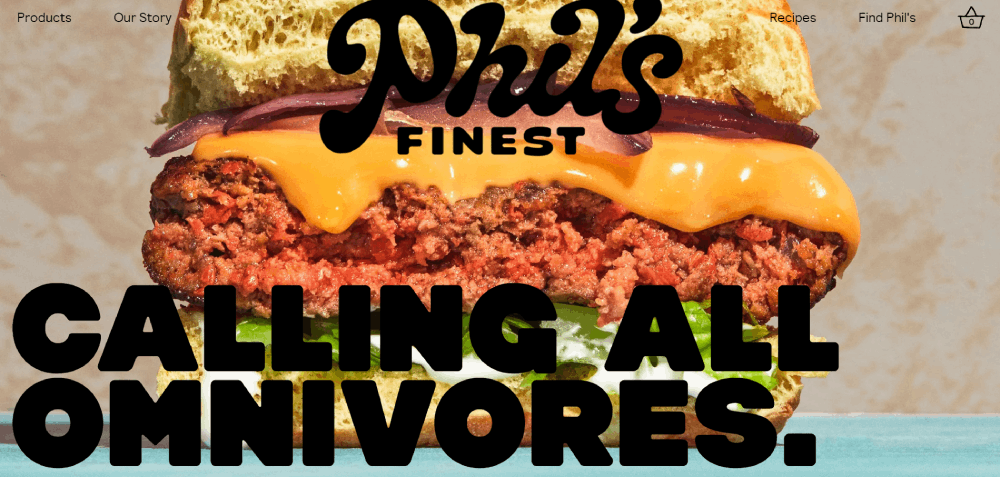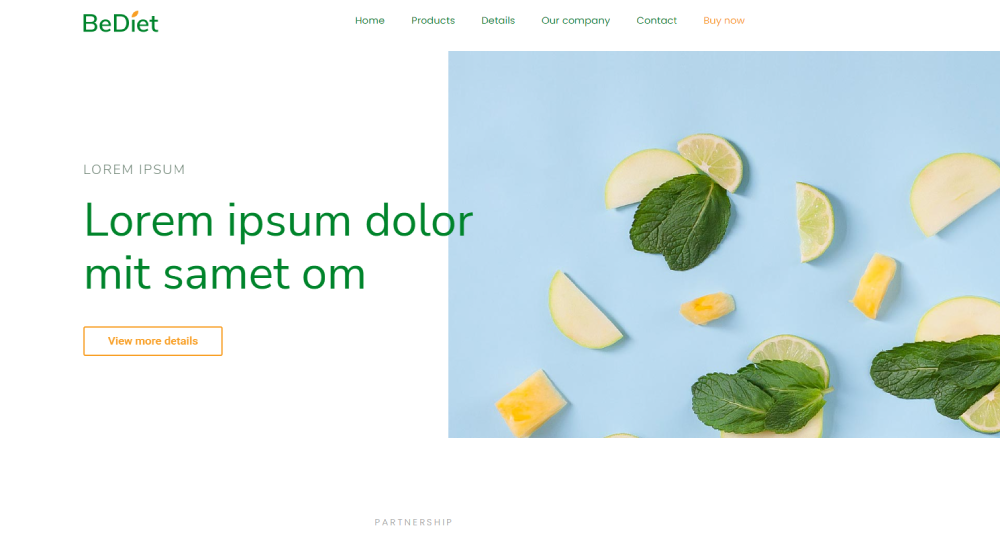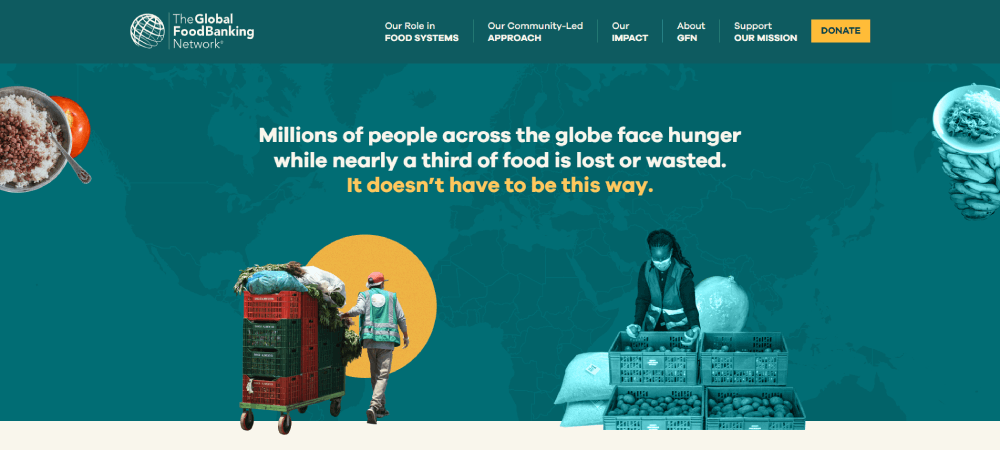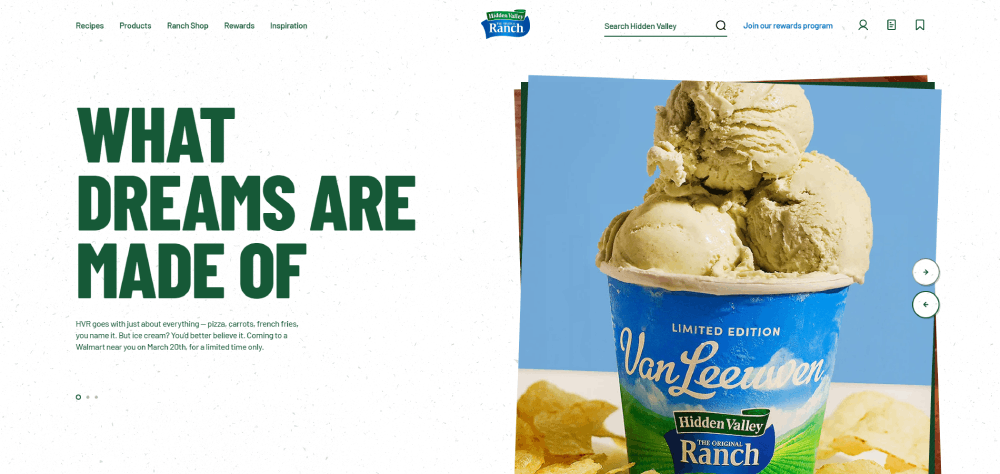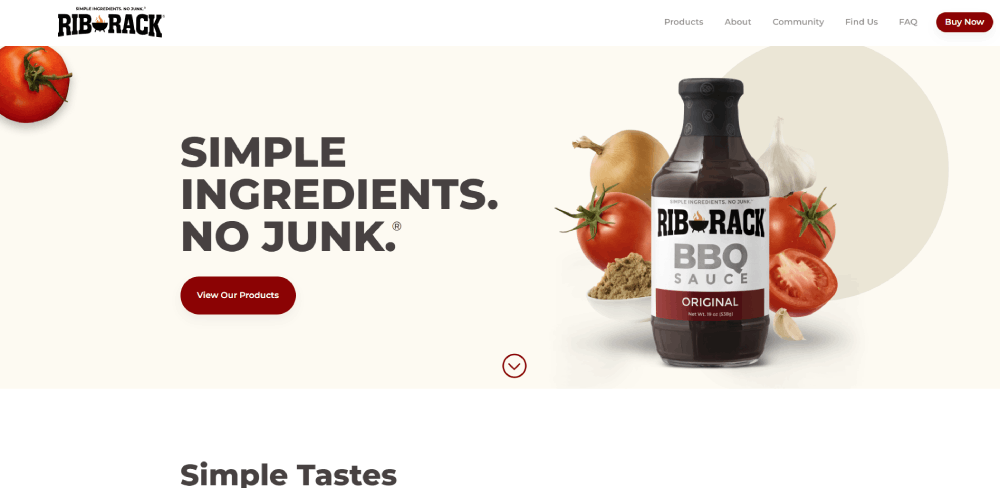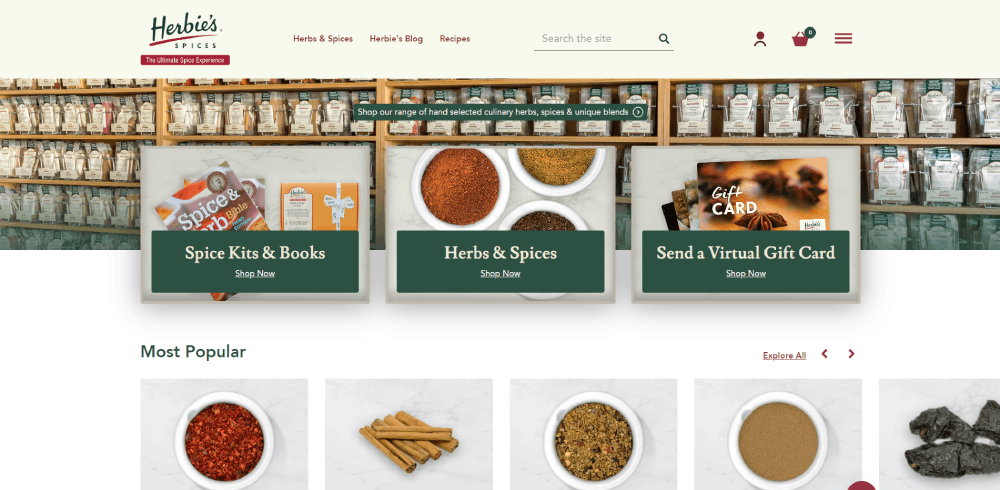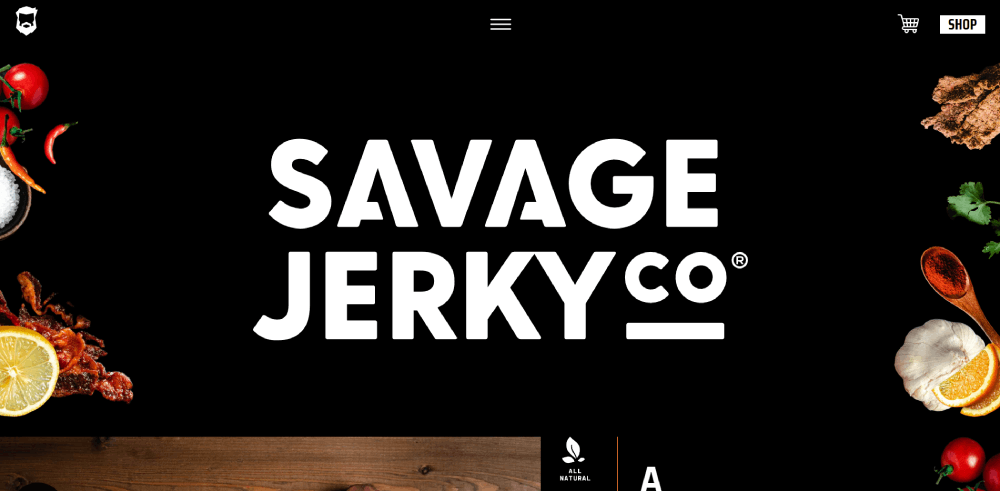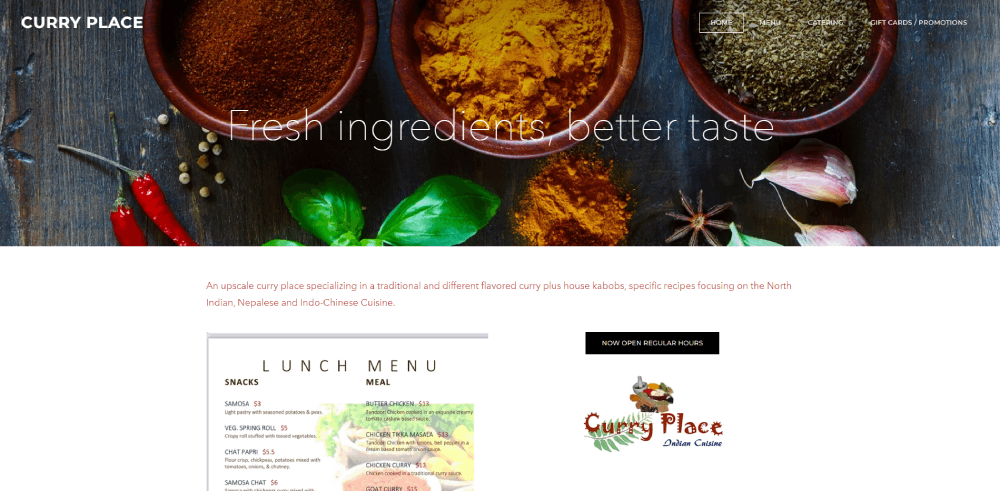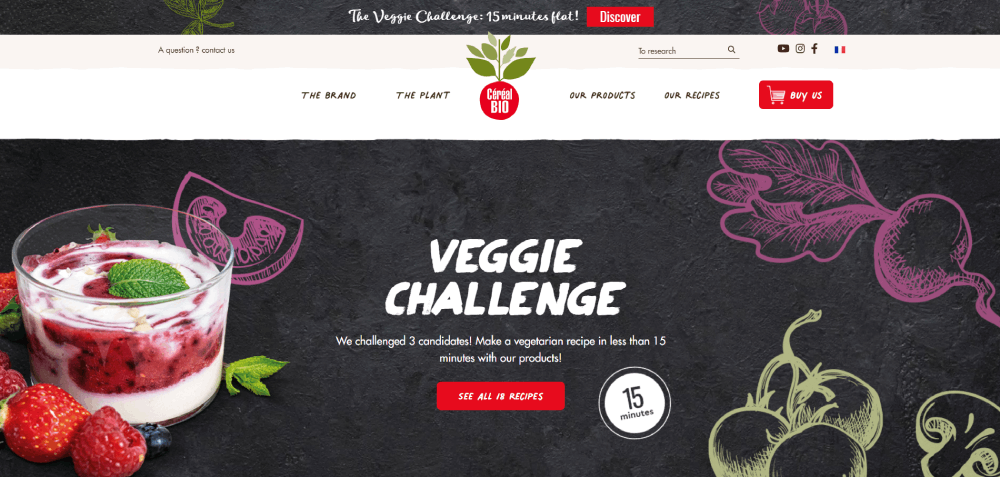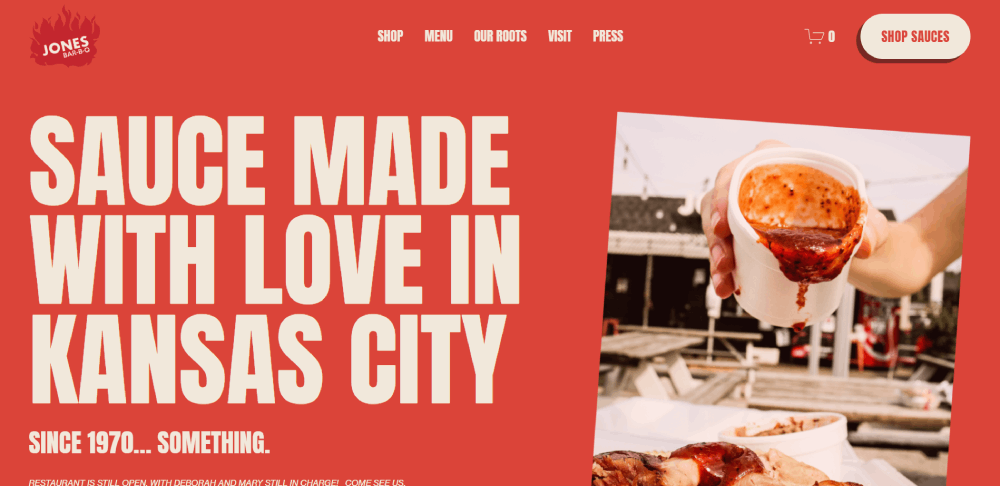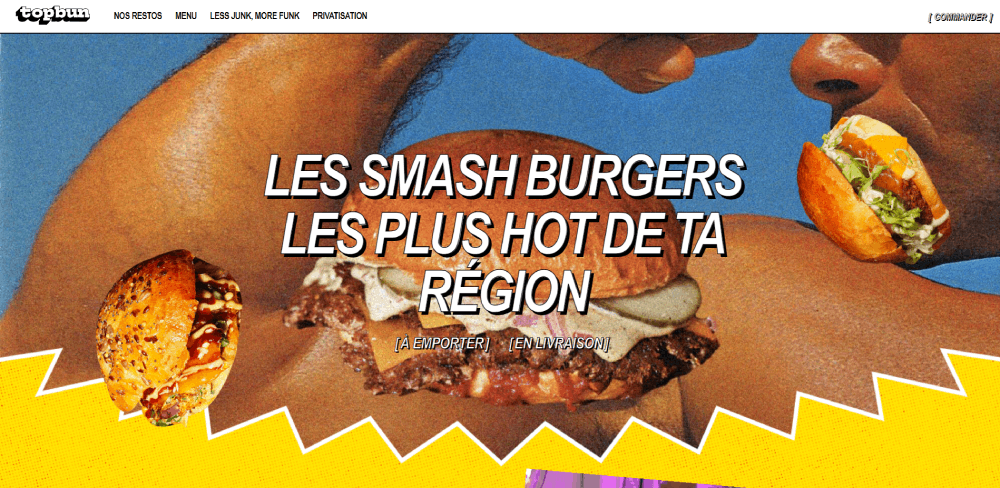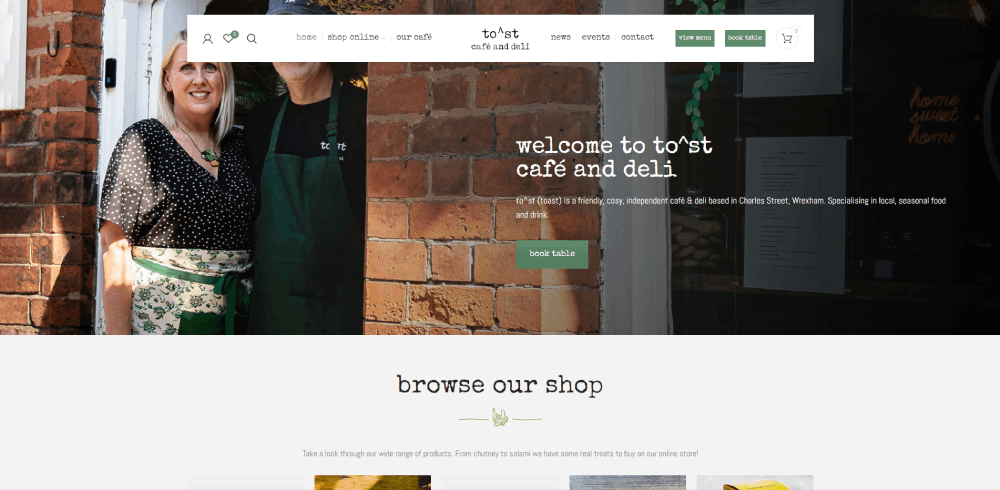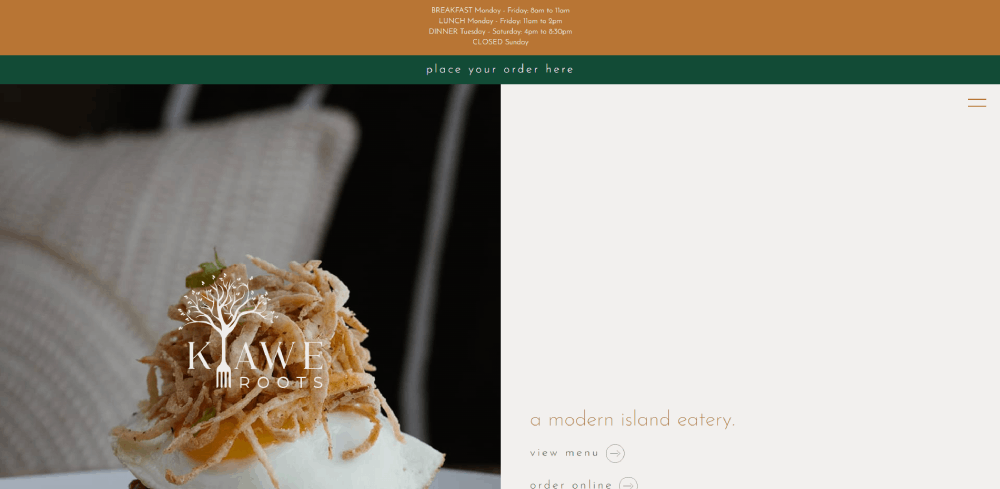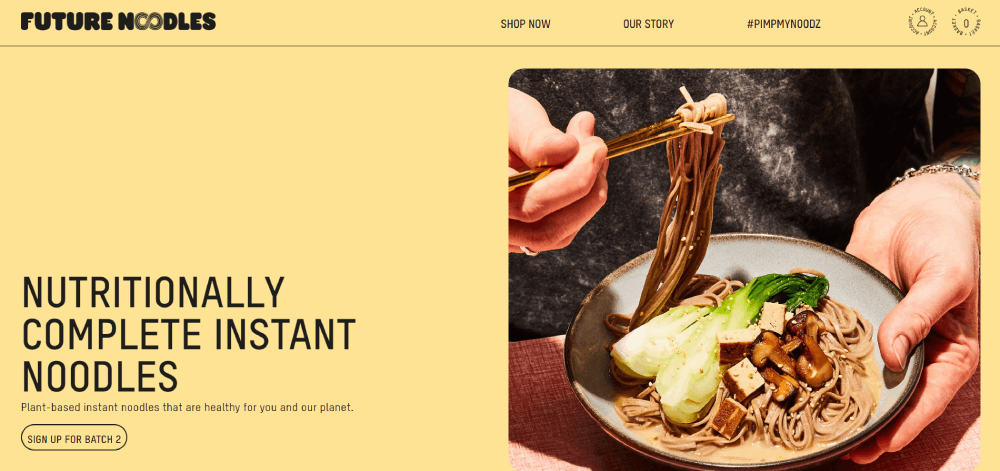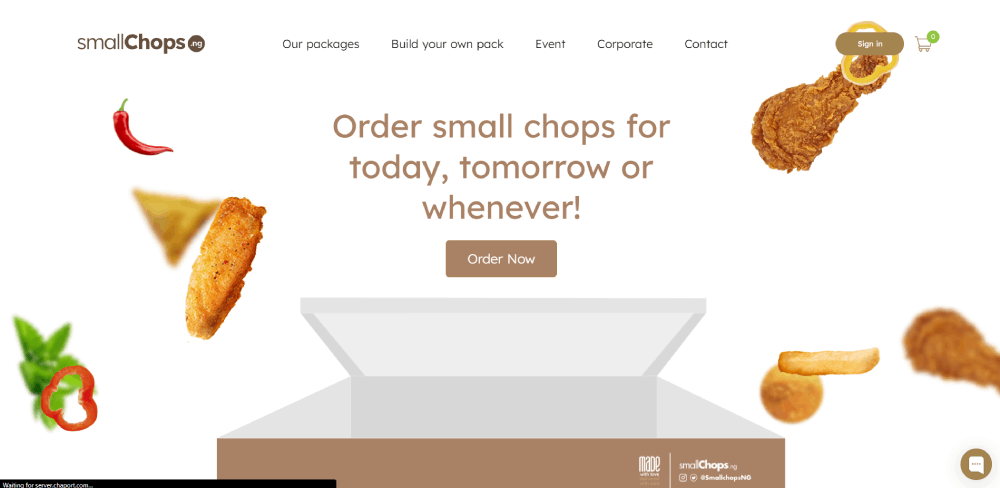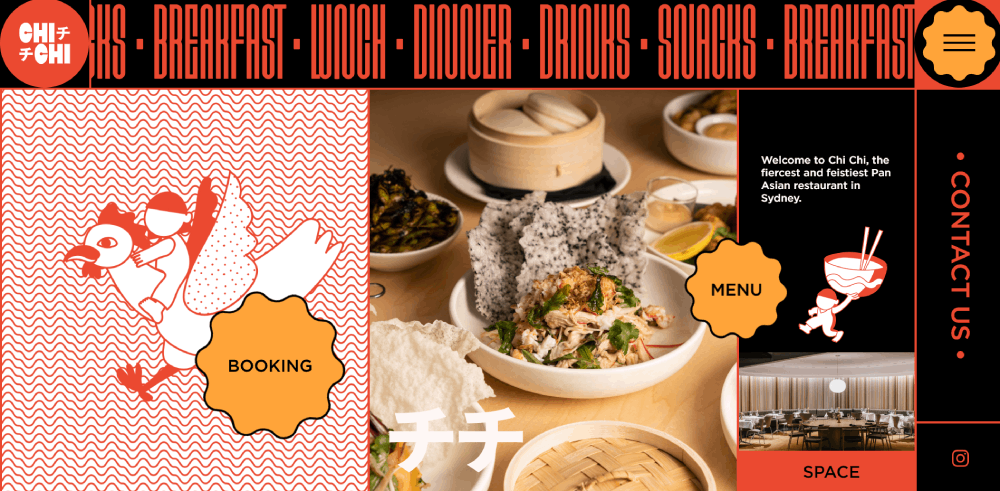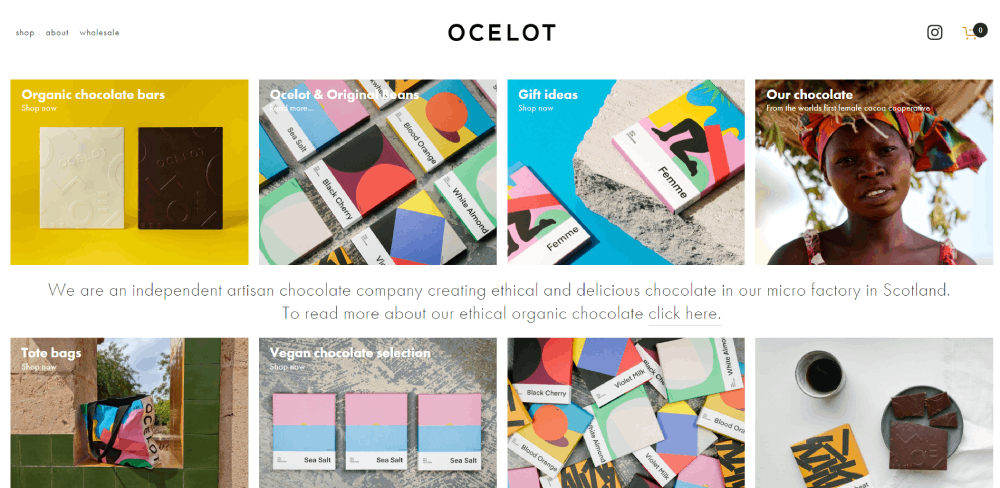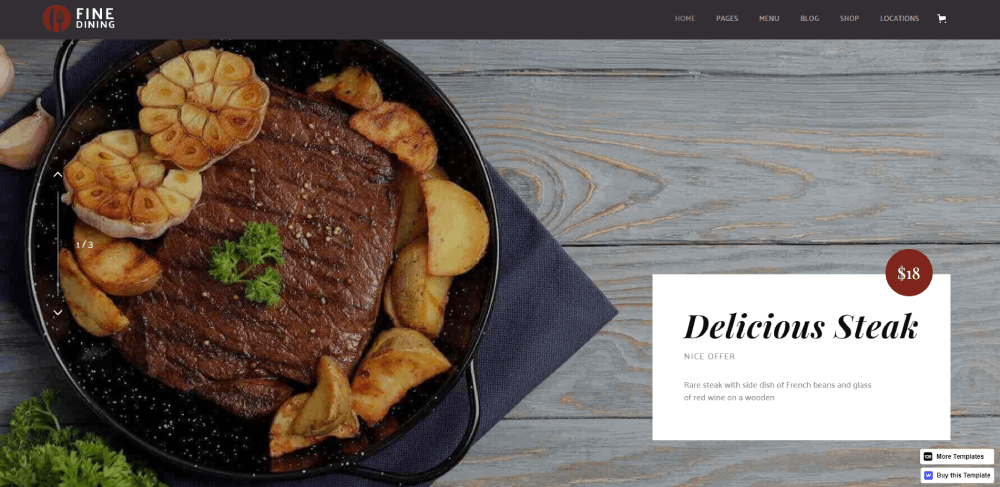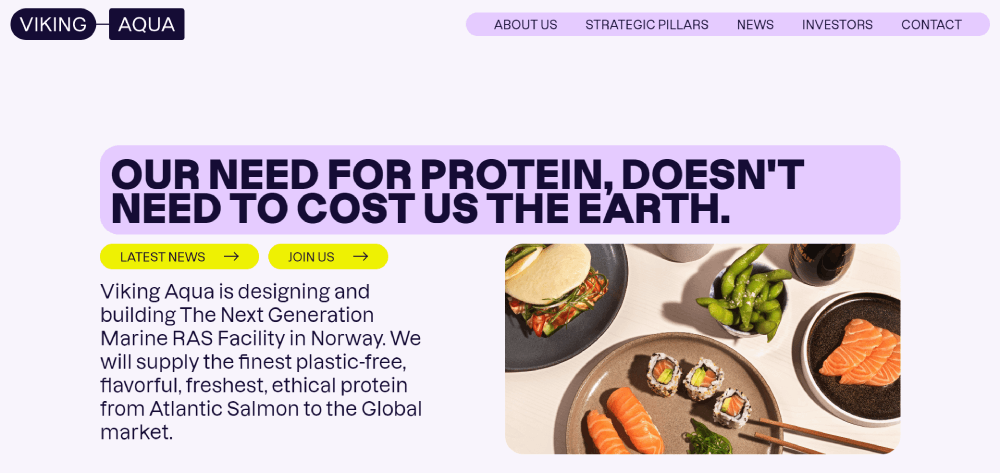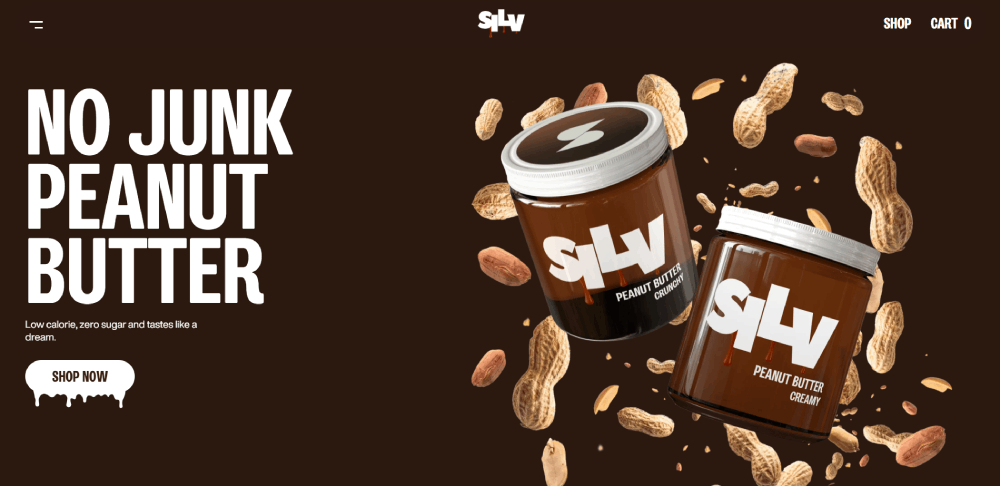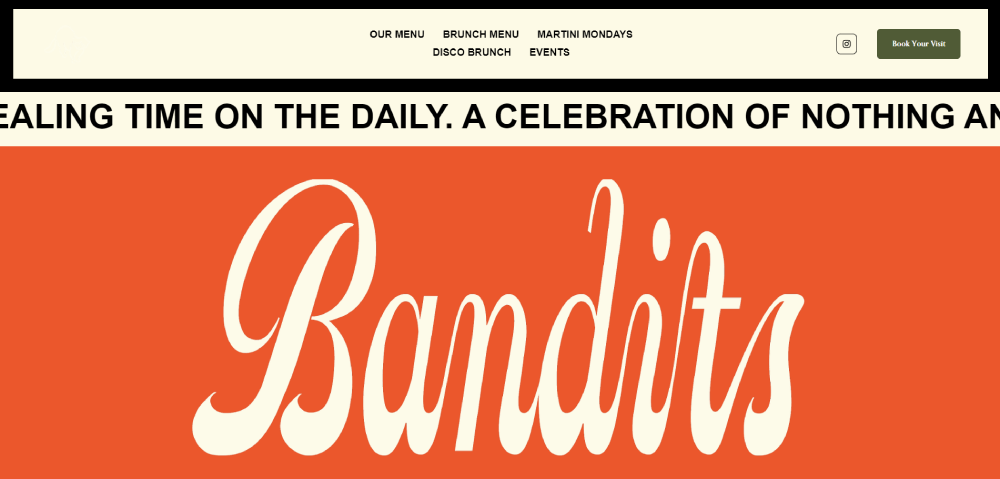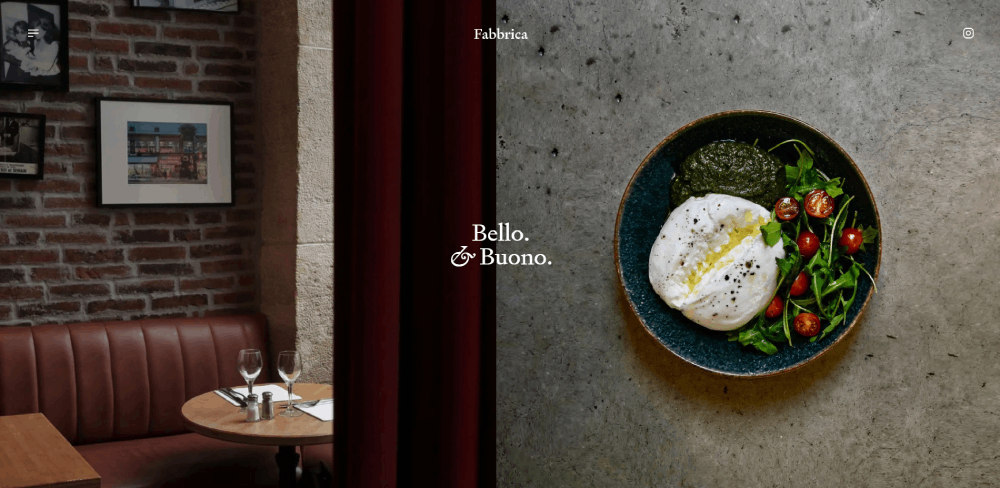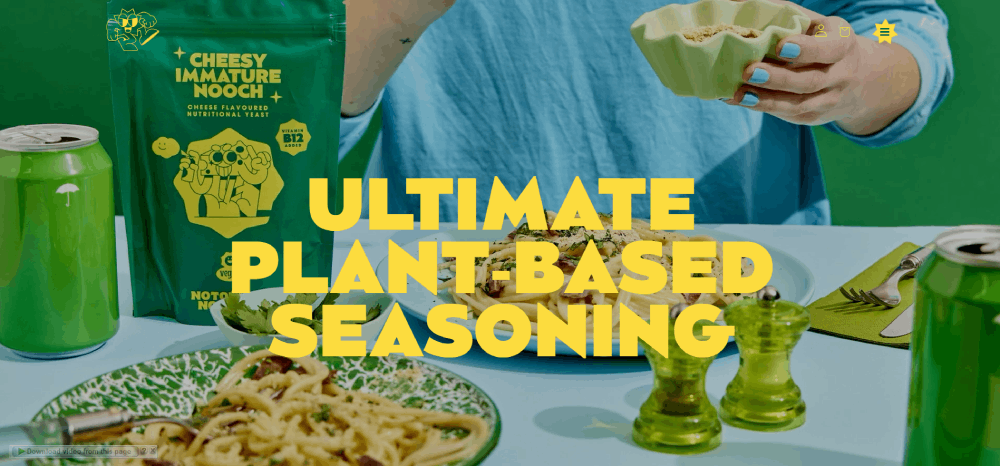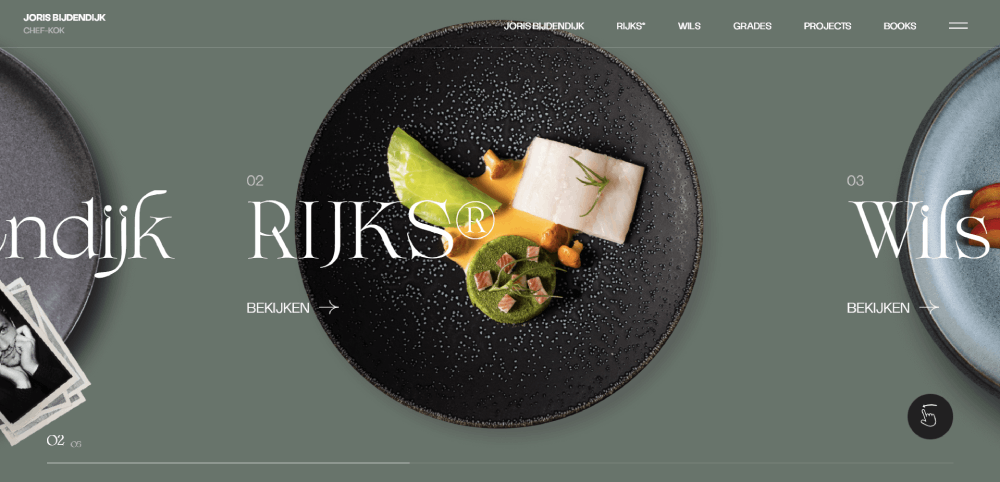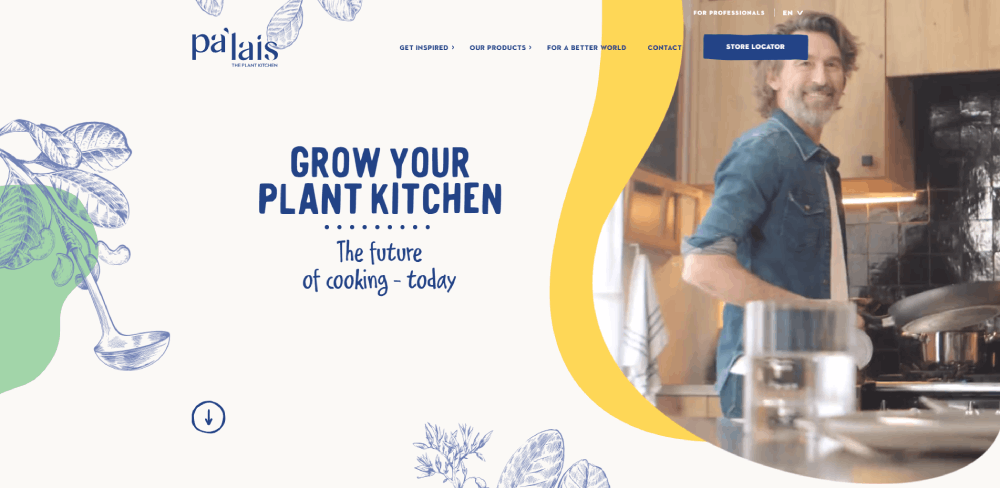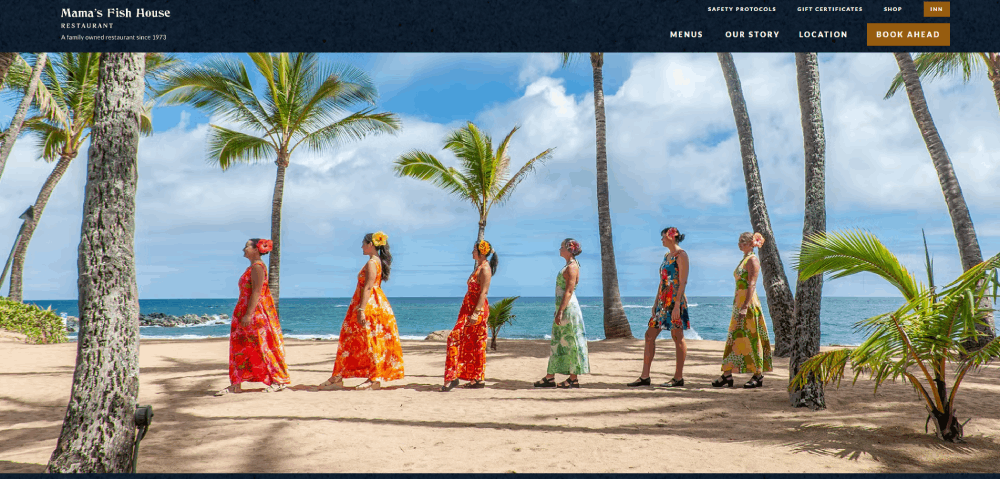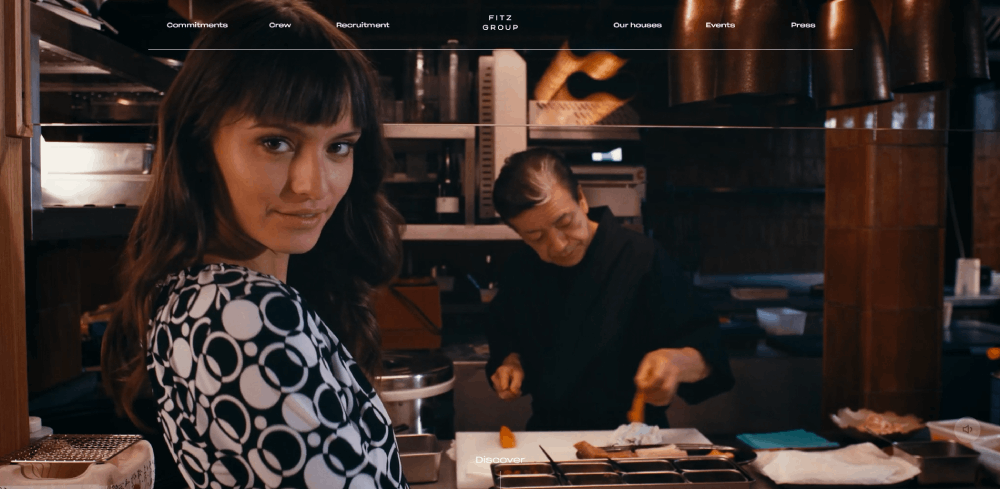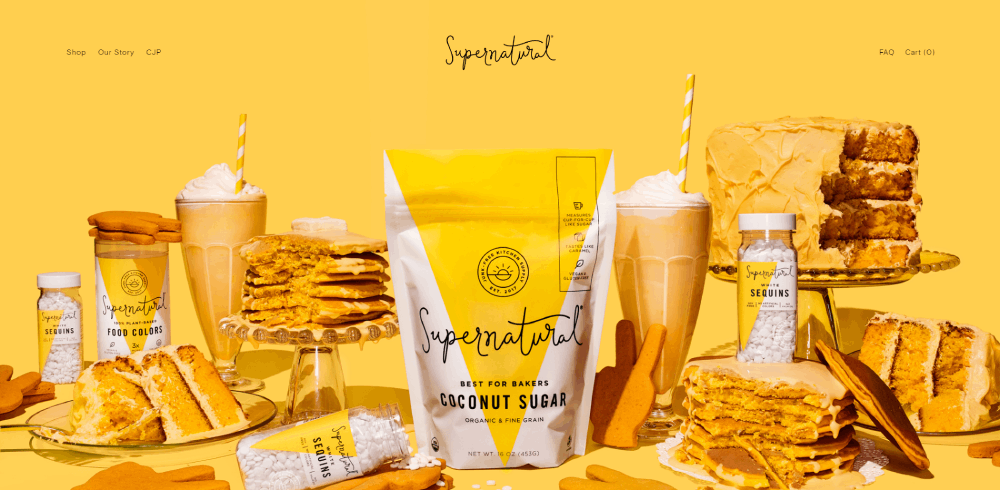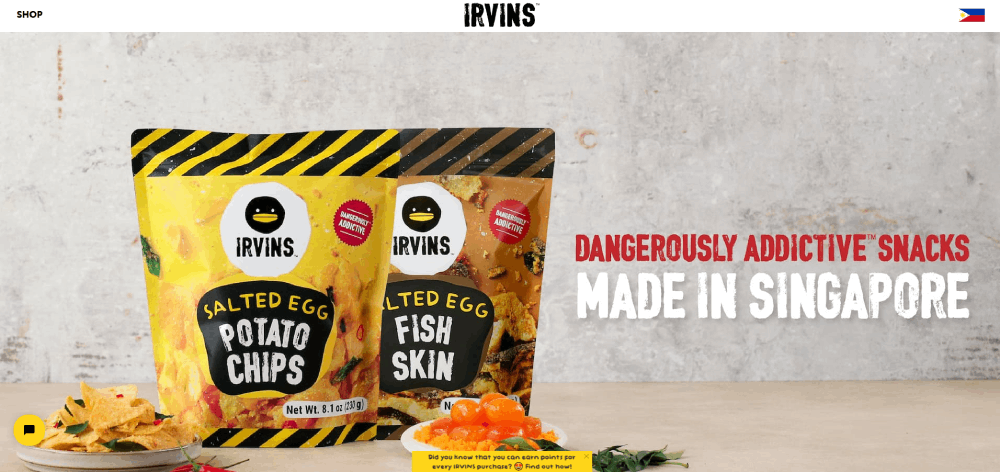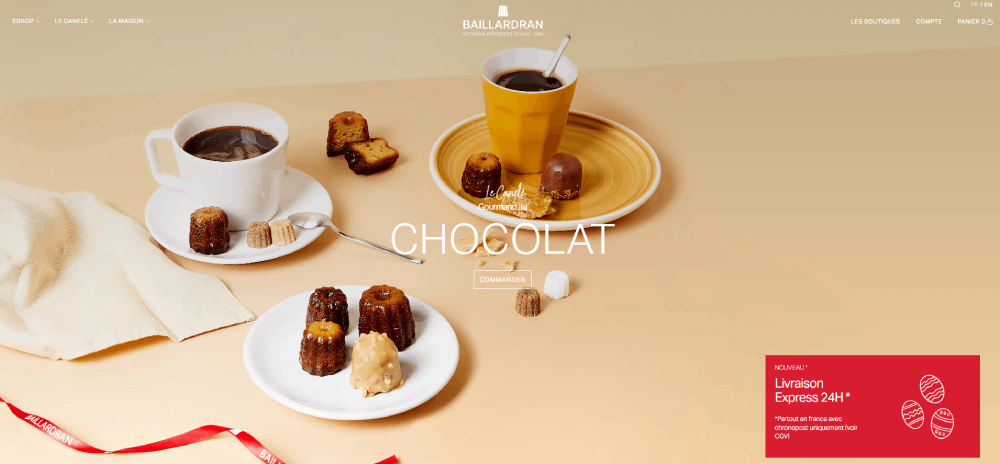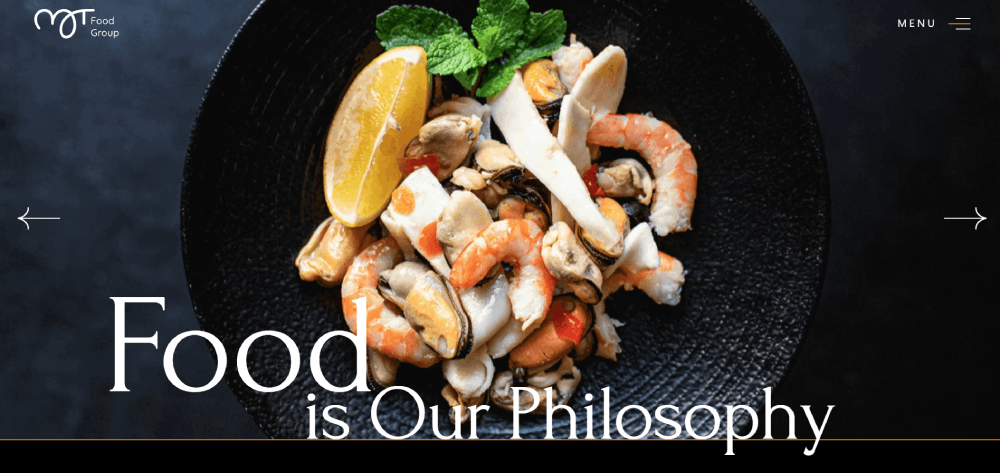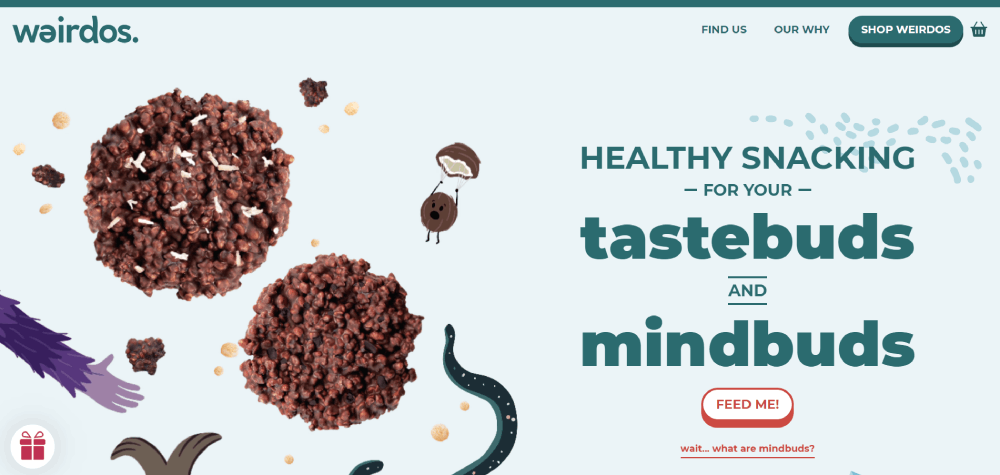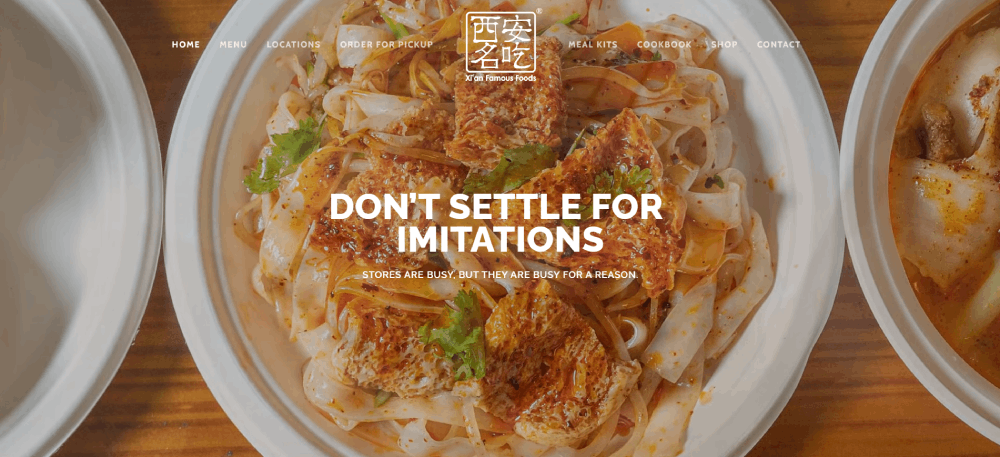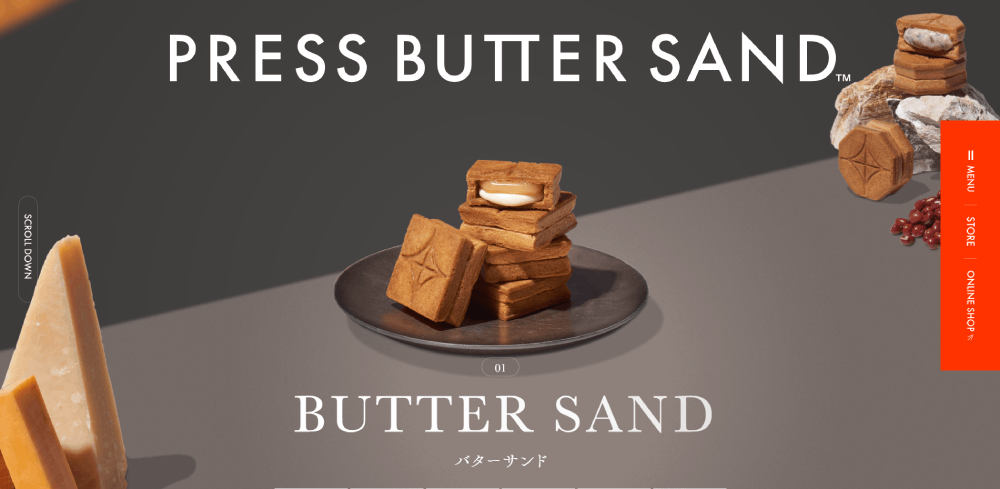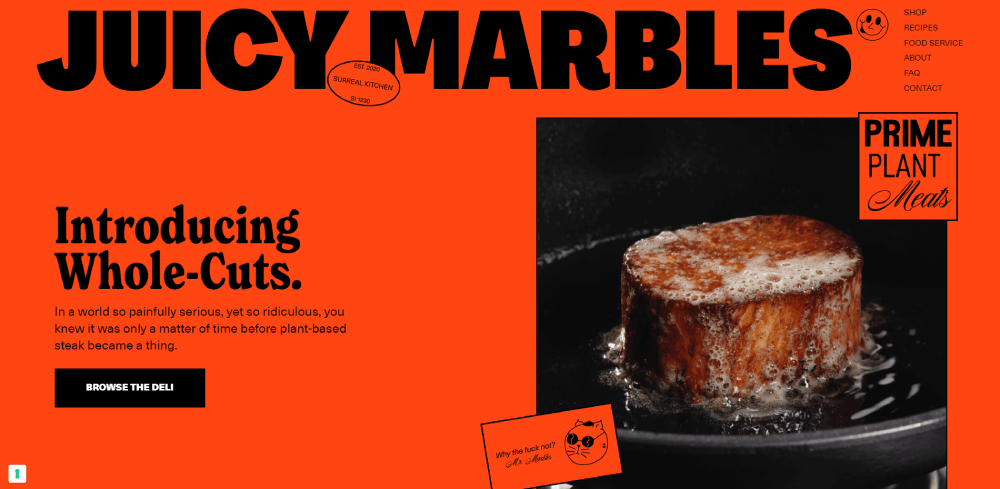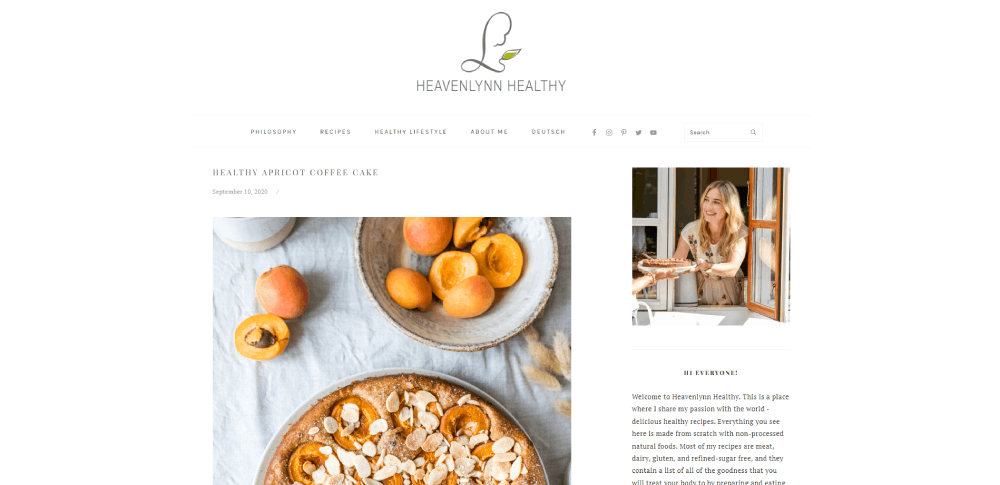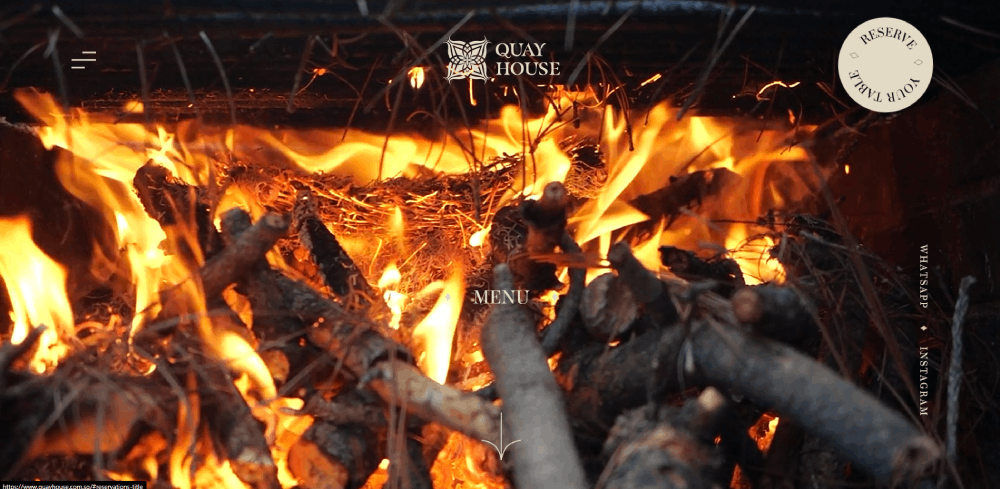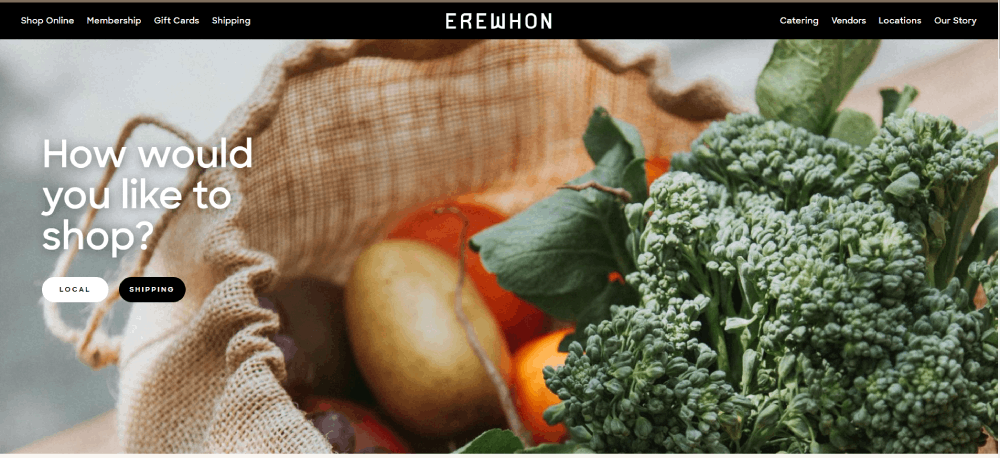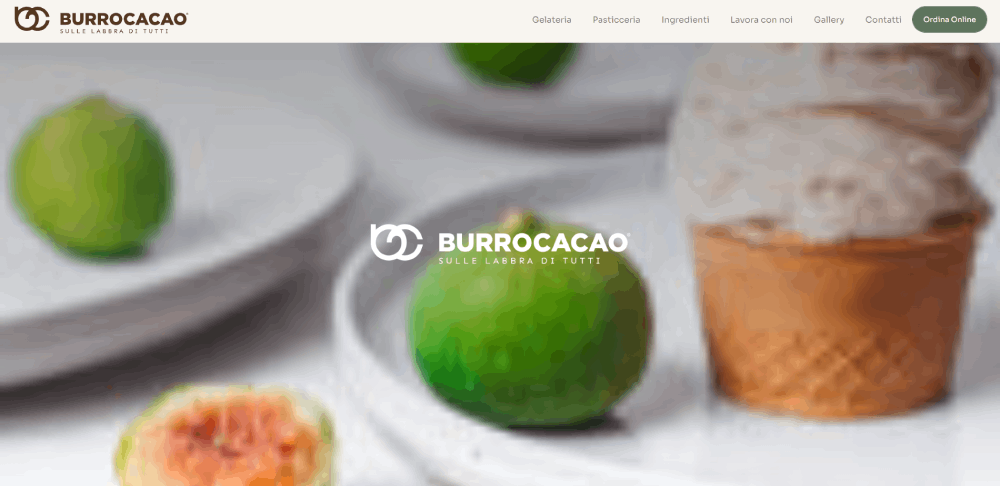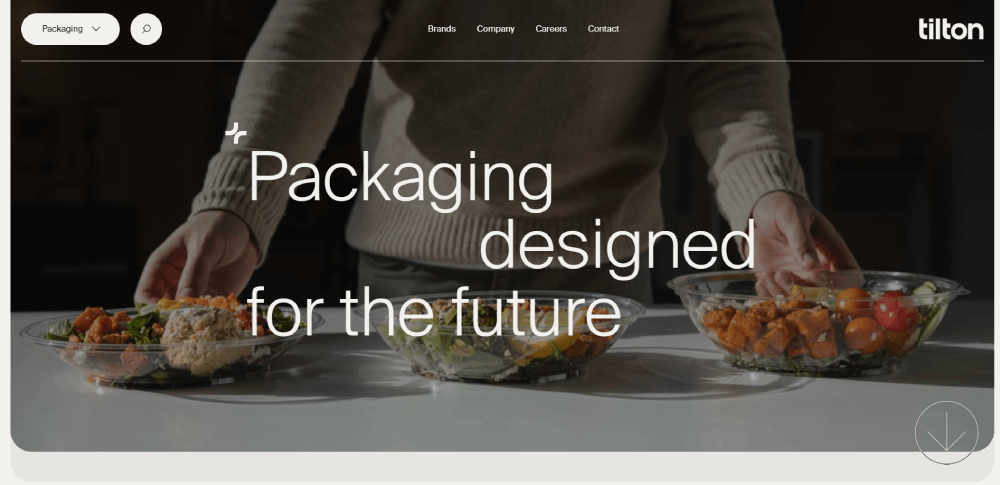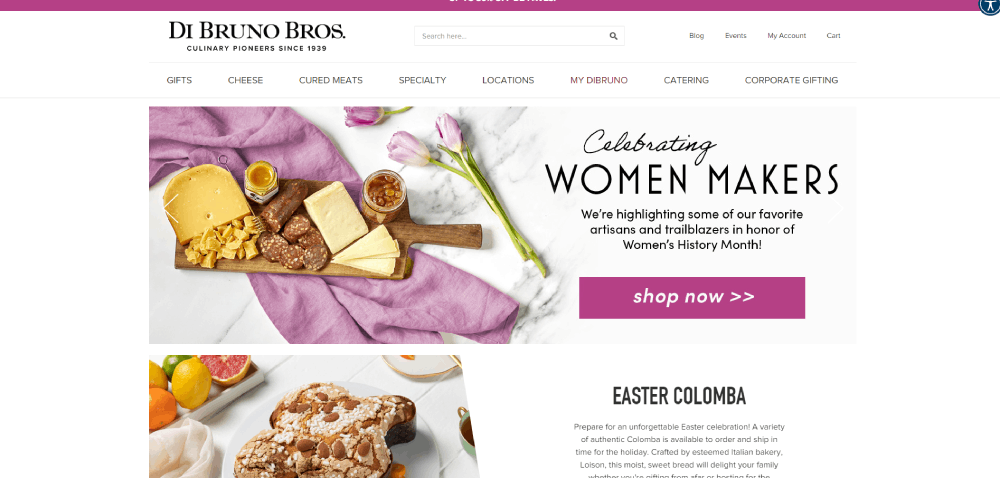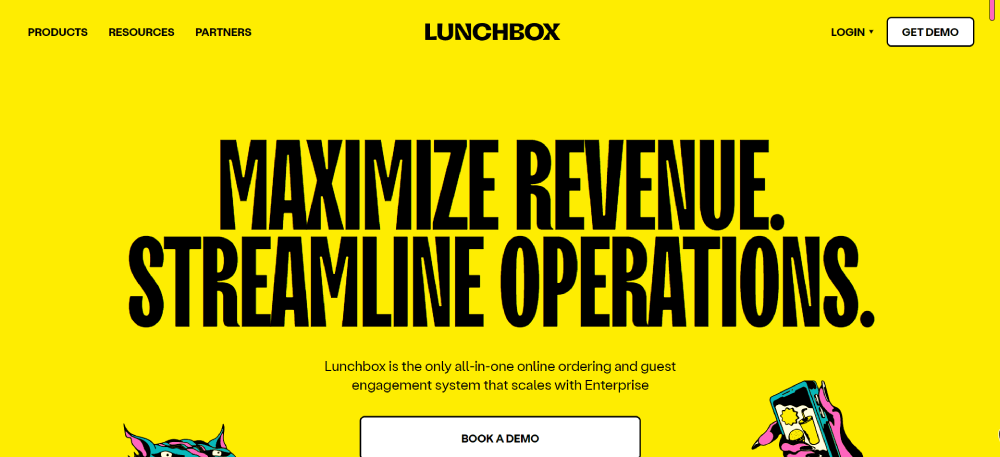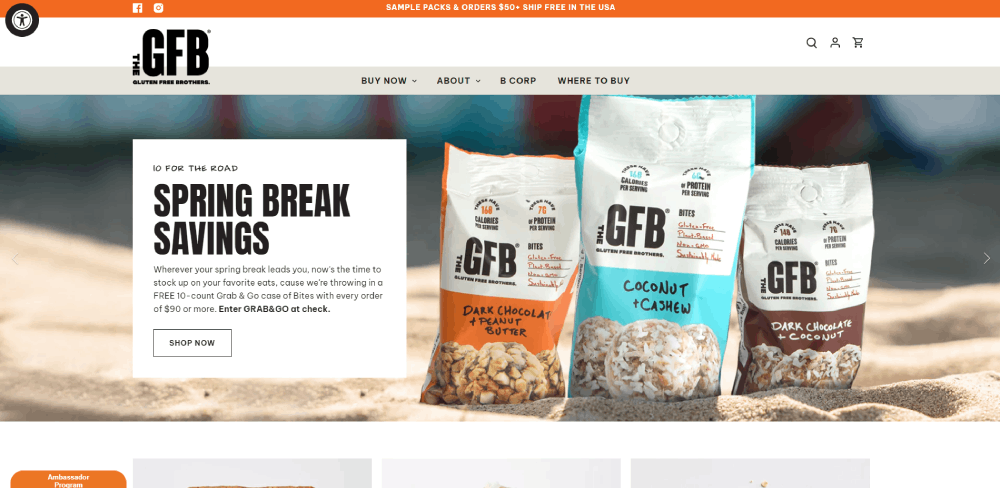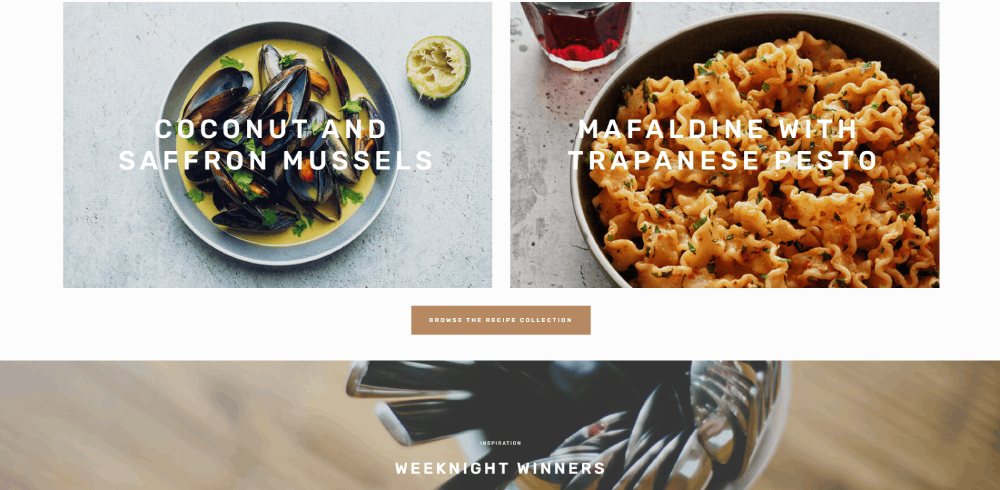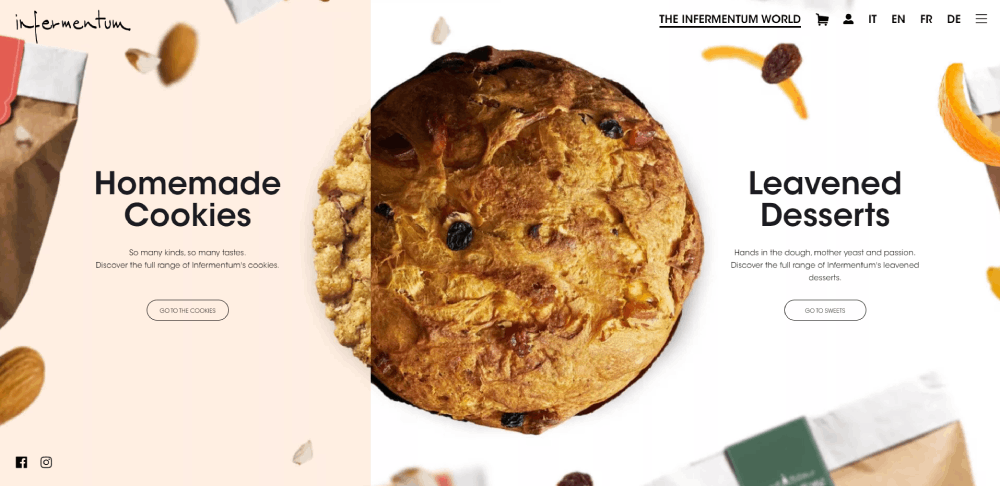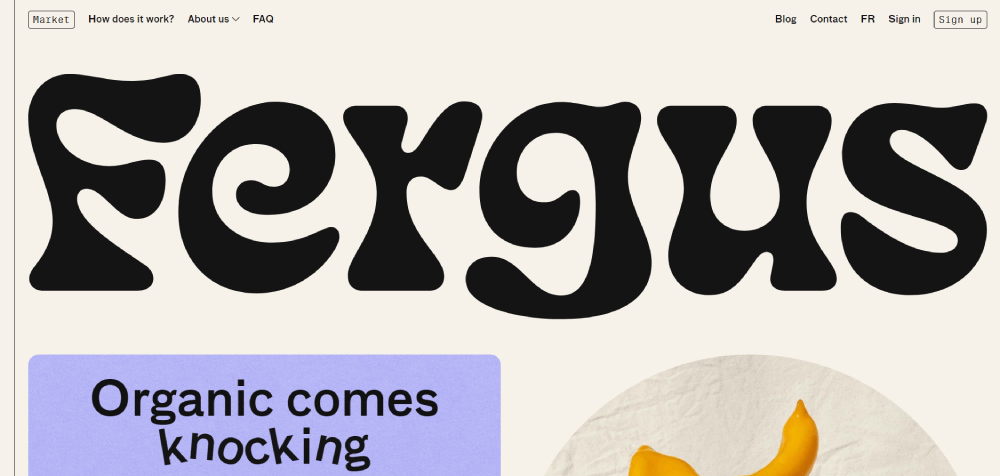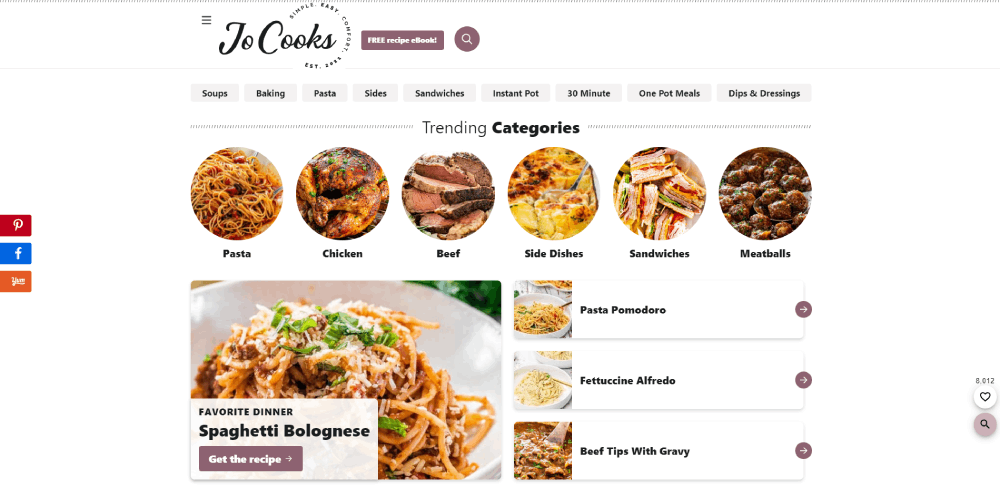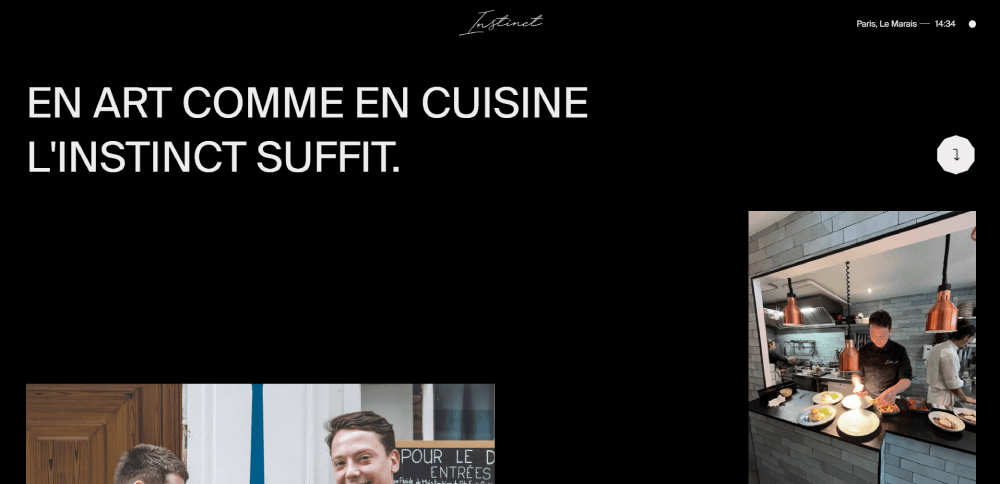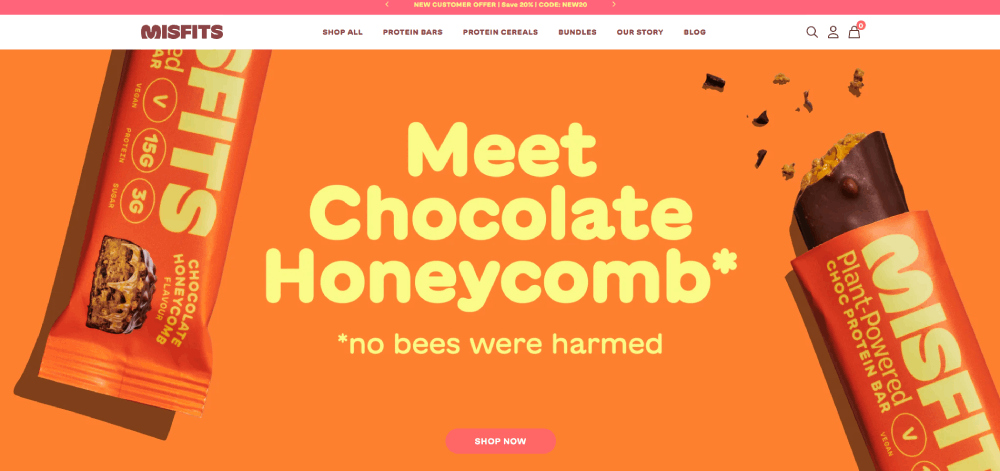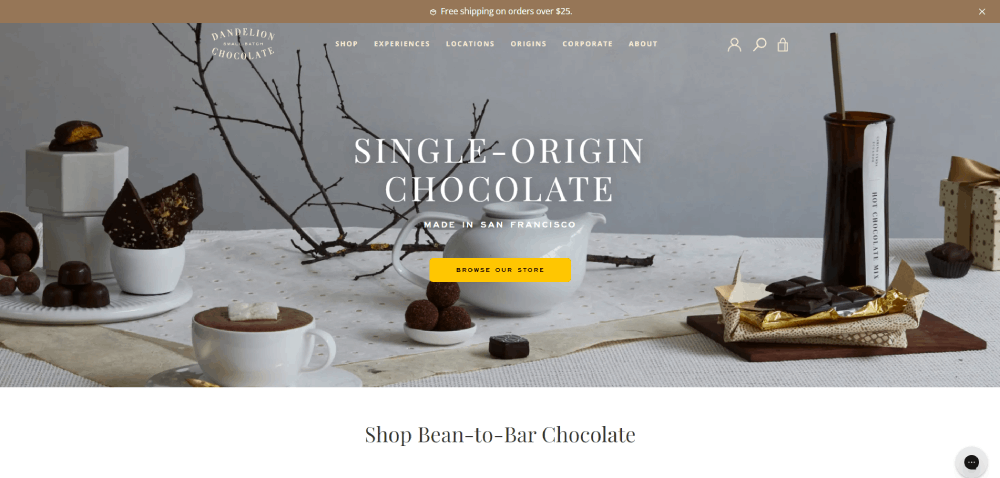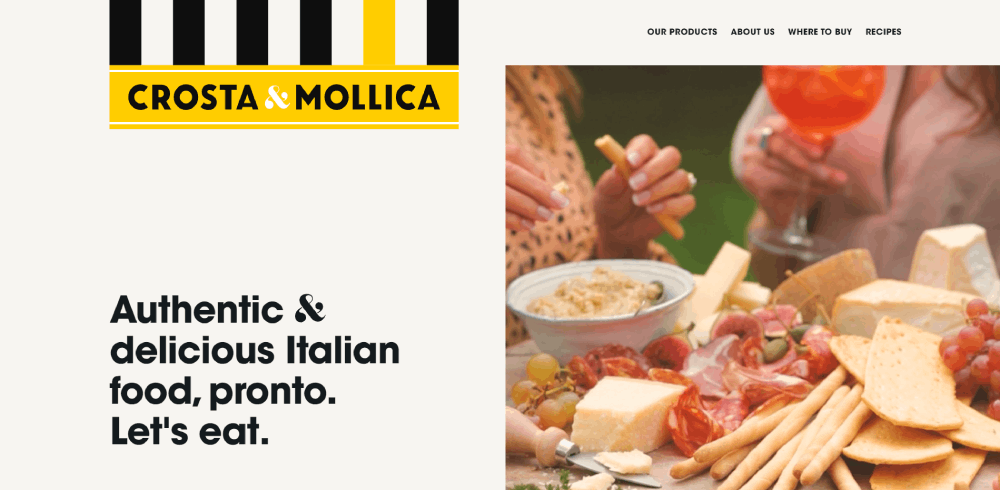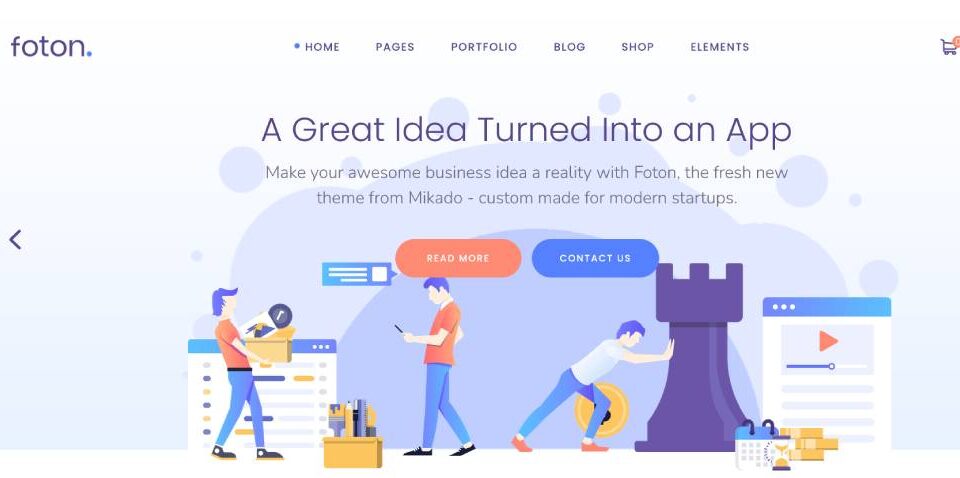Stunning Writer Website Design Examples to Copy
September 4, 2025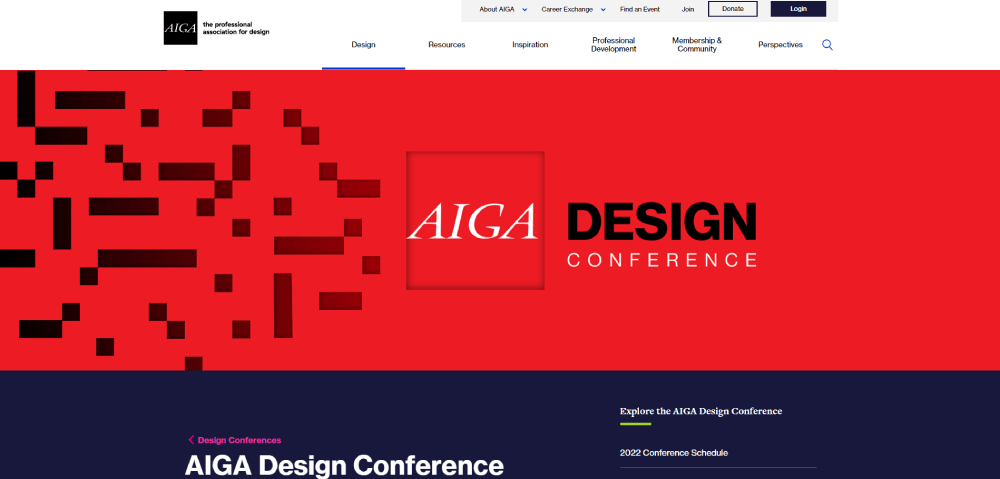
Conference Website Design Examples That Impress
September 6, 2025A restaurant's website can make someone hungry before they even see a menu. That first impression matters more than most realize.
Food website design examples reveal patterns that successful culinary businesses use to convert visitors into customers. The difference between a site that drives reservations and one that gets ignored often comes down to how food photography is showcased, how menus are structured, and whether the entire experience feels appetizing.
This article breaks down what actually works in restaurant web design. You'll see real examples from bakeries, fine dining establishments, food blogs, and catering companies that nail their digital presence.
We'll cover layout strategies that highlight dishes without overwhelming visitors, color schemes that make food look irresistible, and navigation patterns that get people from homepage to booking form fast.
You'll also learn which WordPress themes and Squarespace templates handle food photography best, plus typography choices that work for both elegant bistros and casual pizza joints.
By the end, you'll know exactly what separates forgettable restaurant websites from ones that actually drive business.
Food Website Design Examples
Organic Oren
FAQ on Food Website Design
What makes a food website design effective?
Effective food website design prioritizes high-quality photography that makes dishes look appetizing. Fast loading speeds matter because hungry visitors won't wait.
Clear menu presentation and easy reservation or ordering flows convert browsers into customers. Mobile responsiveness is non-negotiable since most people browse restaurants on their phones while deciding where to eat.
Which platforms work best for restaurant websites?
WordPress with food-specific themes handles customization well and scales as your business grows. Squarespace offers clean templates perfect for cafes and bakeries that need something running quickly.
Shopify works when you're selling products like packaged goods or meal kits. Toast and similar restaurant-specific platforms integrate POS systems but limit design flexibility compared to general website builders.
How important is food photography in web design?
Professional food photography can double conversion rates compared to stock images or amateur shots. Visitors decide whether food looks good within seconds.
Lighting, composition, and styling communicate quality before anyone reads your menu descriptions. Investment in a photographer website professional pays off through increased orders and reservations.
What color schemes work best for food websites?
Warm colors like reds, oranges, and yellows stimulate appetite and work well for casual dining. Earth tones and muted palettes suit farm-to-table restaurants and organic concepts.
Black backgrounds create elegance for fine dining but can feel heavy for breakfast spots. The color scheme should match your cuisine style and restaurant atmosphere rather than following generic rules.
Should food websites use video backgrounds?
Video backgrounds showing cooking processes or restaurant ambiance can boost engagement when done right. They need to load fast and not interfere with menu readability.
Many successful cafe websites use short looping clips in hero sections. Skip video if your hosting can't handle the bandwidth or if it slows mobile performance below three seconds.
What navigation structure works for restaurant sites?
Simple top navigation with Menu, About, Locations, and Contact works for most restaurants. Sticky headers keep ordering or reservation buttons accessible while scrolling.
Website navigation should prioritize getting visitors to your menu and contact information within two clicks. Mega menus overcomplicate things unless you're a large chain with multiple concepts.
How do I showcase menus effectively online?
Menu presentation needs to be scannable with clear categories and pricing. PDF uploads frustrate mobile users and hurt SEO.
HTML menus with dish descriptions, dietary labels, and pricing perform better. Food photography for signature dishes increases orders. Filter options help when menus are extensive, especially for pizza places or Asian restaurants with fifty-plus items.
What's the ideal homepage layout for food sites?
Hero sections with stunning food photography and a clear call to action perform best. Showcase your signature dish or dining atmosphere immediately.
Follow with menu highlights, customer reviews, and location details. Restaurant websites need contact information and hours visible without scrolling. Reserve the bottom for Instagram feeds or press mentions if space allows.
Do food bloggers need different designs than restaurants?
Food blogs prioritize recipe organization and search functionality over reservation systems. Content-heavy layouts with clear categories work better than image-focused restaurant designs.
Blog design for recipes needs print buttons, ingredient lists, and step-by-step instructions formatted for readability. Advertising space matters more for monetized food blogs than direct conversion elements restaurants need.
How can I make my food website stand out?
Unique typography that matches your brand personality separates you from template-heavy competitors. Custom illustrations or hand-drawn elements add character generic stock photos can't provide.
Interactive elements like ingredient hover effects or menu filtering create memorable experiences. Focus on one standout feature rather than cramming every trendy design element onto your homepage.
Conclusion
The food website design examples covered here prove that successful culinary websites share specific traits. They load fast, showcase dishes beautifully, and make ordering or reservations effortless.
Whether you run a bakery, fine dining restaurant, or recipe blog, your digital presence needs to match the quality of what you serve. Generic templates won't cut it when competitors are investing in custom layouts and professional photography.
Start with responsive website templates that work on mobile devices. Most dining decisions happen on phones while people are already hungry and searching nearby options.
Focus on your menu presentation first. Everything else is secondary to showing what you cook and how to order it.
The best restaurant websites feel like extensions of the dining experience itself. Colors, fonts, and imagery should communicate your atmosphere before anyone walks through the door.
Test your site on actual phones, not just desktop browsers. If your grandmother can't figure out how to view your menu in thirty seconds, redesign it.
If you enjoyed reading this article about food website design, you should read these as well:

